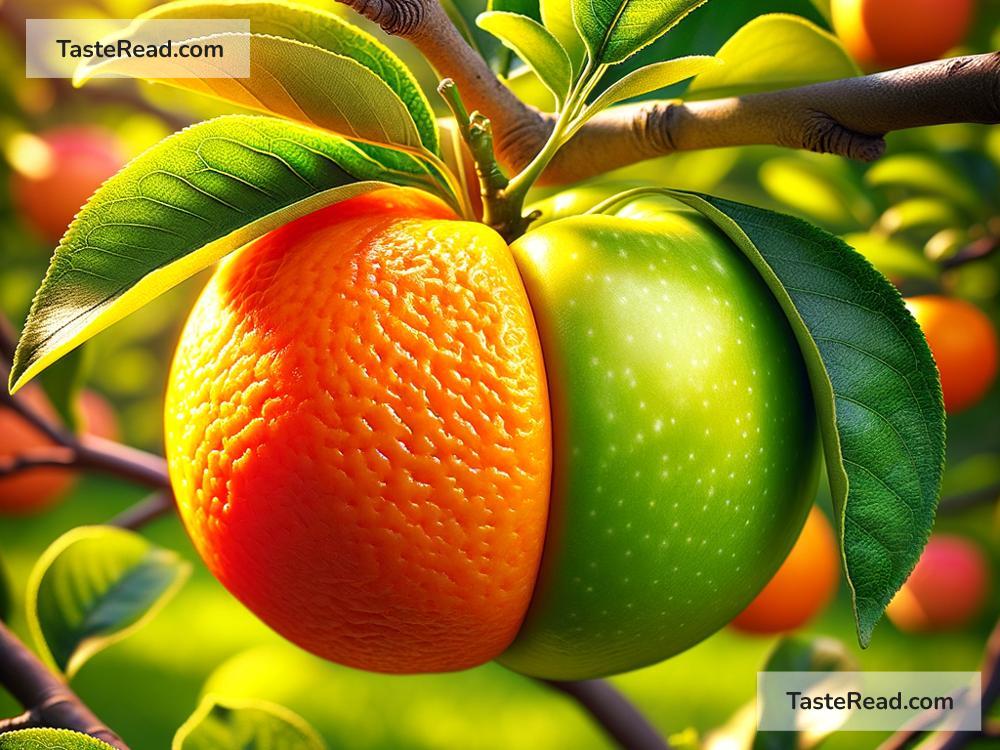How Cross-Pollination Affects Fruit Taste
When you bite into a juicy apple or enjoy the creamy sweetness of a mango, have you ever wondered how fruits develop their unique flavors? A lot of factors influence the taste of fruits—like sunlight, soil, water, and even genetic traits. One fascinating process that can impact flavor is cross-pollination. But what is cross-pollination, and how does it affect the way fruits taste? Let’s explore this in simple terms.
What Is Cross-Pollination?
Cross-pollination is a natural process where pollen from one plant is carried to the flower of another plant, usually by wind or pollinators like bees, butterflies, or birds. Pollen is a fine, powdery substance produced by flowers that contains the male reproductive cells (sperm). When pollen meets the female part of a flower (the pistil), fertilization happens, leading to the formation of seeds and fruits.
In simpler terms, cross-pollination is like mixing traits from two parent plants. For example, if Plant A and Plant B trade pollen through cross-pollination, the resulting fruit may have characteristics from both plants.
How Cross-Pollination Affects Fruit Taste
Cross-pollination doesn’t just influence the size, color, or shape of a fruit—it can also change how it tastes. This means that the flavor of a fruit might be different depending on the plants involved in pollination. Here are some examples of how cross-pollination can affect fruit taste:
-
Unique Flavor Profiles
When cross-pollination happens between two plants with distinct characteristics, the resulting fruits may have unusual or unexpected flavors. For example, some apple varieties have sweet, floral notes because of cross-pollination with plants that have sweeter traits. Similarly, hybrid melons (created through cross-pollination) might taste more refreshing or fragrant due to a mix of flavor genes from two parent plants. -
Sweeter or More Tart Fruits
The taste of fruits often depends on the sugar and acid levels they contain. Cross-pollination can influence these levels. If one parent plant produces very sweet fruits and another parent has tangy fruits, their cross-pollinated offspring might have a balanced sweetness with just a hint of tartness. -
Nutty or Spicy Flavors
Sometimes, cross-pollination can lead to fruits with unusual flavors that resemble nuts, spices, or herbs. For example, certain citrus fruits like mandarins or grapefruits have subtle spicy undertones because their parent plants experienced cross-pollination. -
Enhanced Aromas
The aroma of a fruit plays a big part in its overall taste experience. Some fruits develop stronger or more complex aromas when they are cross-pollinated with plants that produce fragrant pollen. For instance, cross-pollination in passion fruit plants can result in varieties with richer floral scents.
Examples of Cross-Pollination in Produce
Cross-pollination is common in nature, but humans also use it intentionally to grow better fruits and vegetables. Here are a few examples:
- Apples: Famous apple varieties like Honeycrisp are the result of cross-pollination, combining crispness, sweetness, and tartness into one tasty fruit.
- Citrus Fruits: Cross-pollination between oranges, lemons, and mandarins has produced hybrids like tangelos and Meyer lemons, which have unique, sweet-tangy flavors.
- Melons: Many hybrid melons, such as cantaloupe or galia melons, gain their flavorful traits from cross-pollination between different melon types.
- Peppers: Even peppers are influenced by cross-pollination. Some varieties develop spicier or sweeter flavors depending on nearby plants.
Factors That Affect Cross-Pollination Results
While cross-pollination can lead to interesting flavors, the outcome isn’t always predictable. Several factors affect how cross-pollination impacts the taste of fruits:
-
Genetic Compatibility
Not all plants can cross-pollinate successfully. For example, apples and oranges won’t mix because they’re too genetically different. Plants need to be closely related for cross-pollination to happen. -
Environmental Conditions
Sunlight, soil nutrients, water availability, and even weather can influence how cross-pollinated plants grow and develop their fruits. These external factors can affect whether the fruit has a richer flavor or a milder taste. -
Pollinators
The type and number of pollinators (bees, butterflies, etc.) can impact the success of cross-pollination. A healthy population of pollinators usually leads to better fruit production, potentially with enhanced flavors.
Is Cross-Pollination Always Good for Fruit Taste?
Cross-pollination can add new and exciting flavors to fruits, but it doesn’t always guarantee a better taste. Sometimes, cross-pollinated fruits may turn out less flavorful or be inconsistent in quality. This is why farmers and scientists carefully plan their cross-pollination experiments to ensure desirable outcomes.
For example, if a farmer wants sweeter berries, the plants chosen for cross-pollination are carefully selected. On the other hand, accidental cross-pollination in natural settings can produce fruits with surprising—but not always tasty—results.
Conclusion
Cross-pollination is like nature’s recipe for creating a variety of fruit flavors. By mixing traits from different plants, cross-pollination can result in fruits that taste sweeter, tangier, more aromatic, or even spicy! Whether it happens naturally or human-made, this process showcases the creativity of nature.
Next time you enjoy a delicious apple or a slice of melon, think about how cross-pollination might have played a role in creating its unique taste. Nature truly knows how to mix things up!


